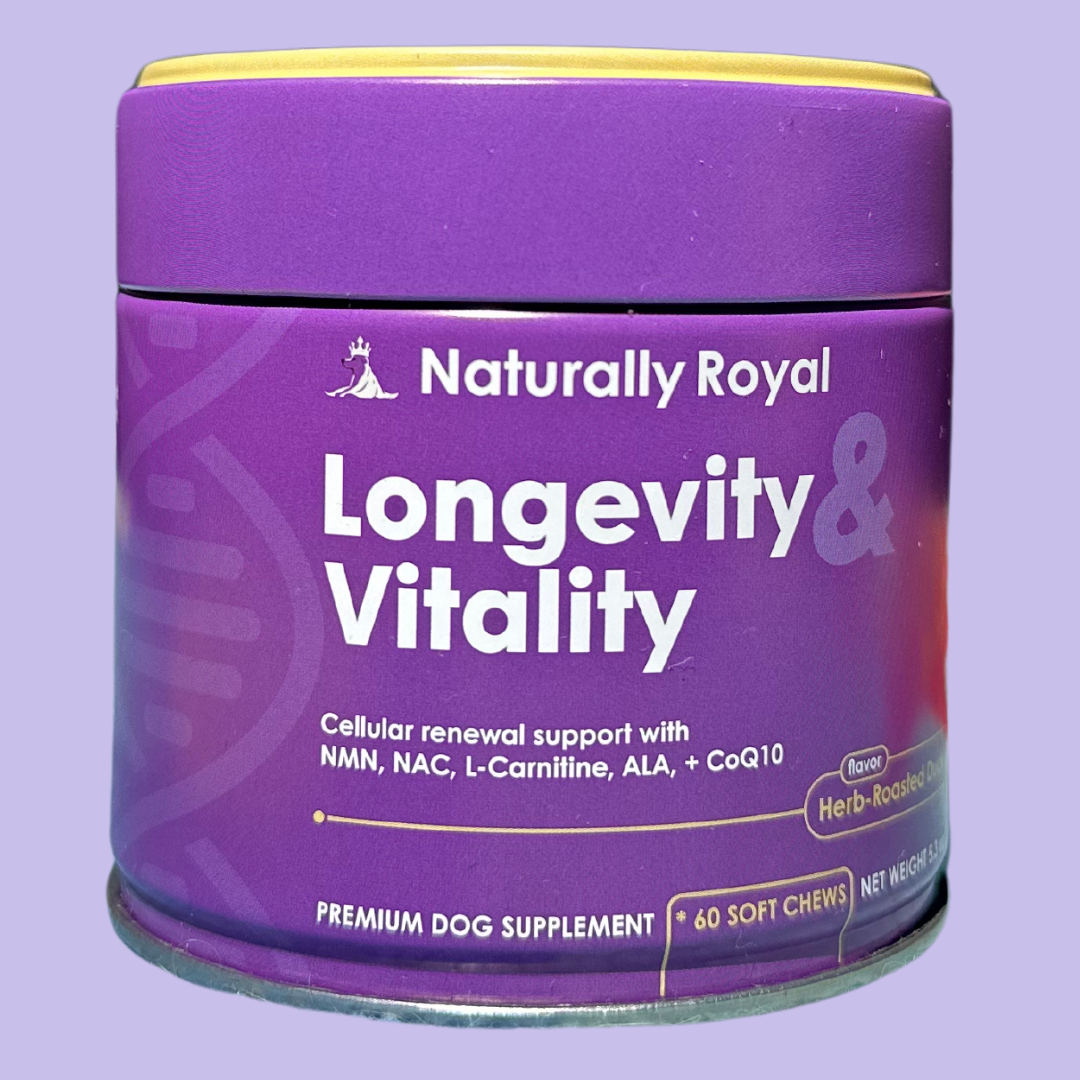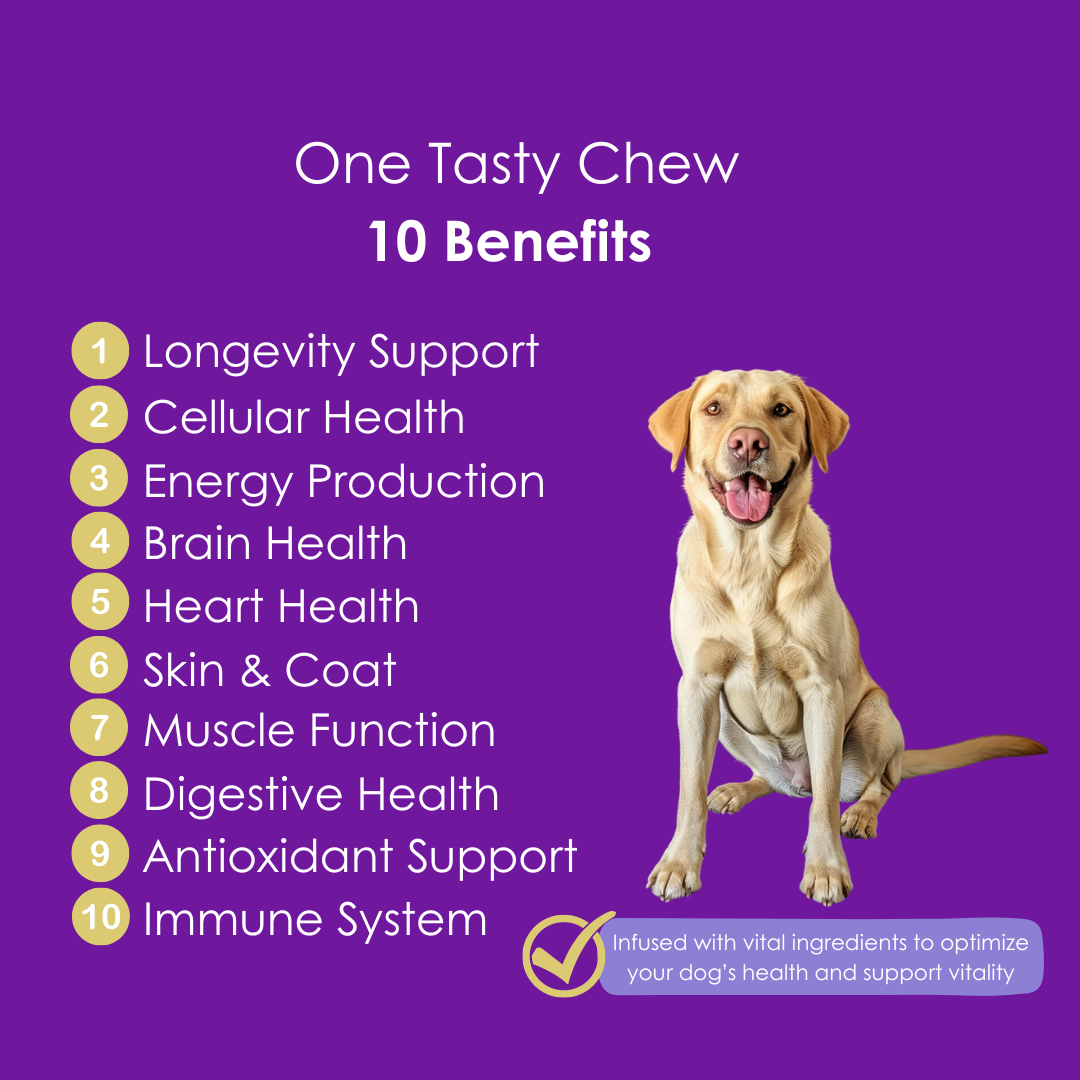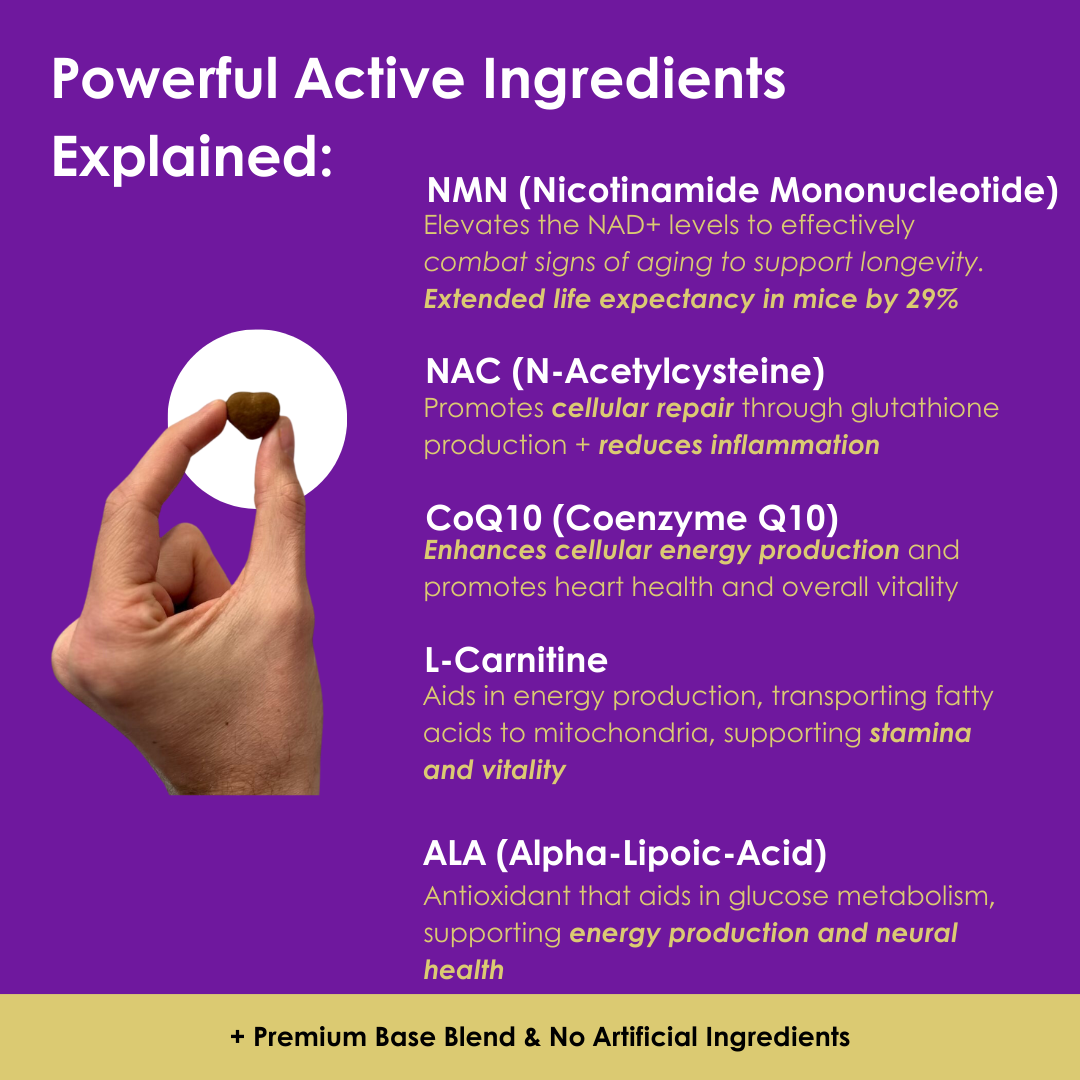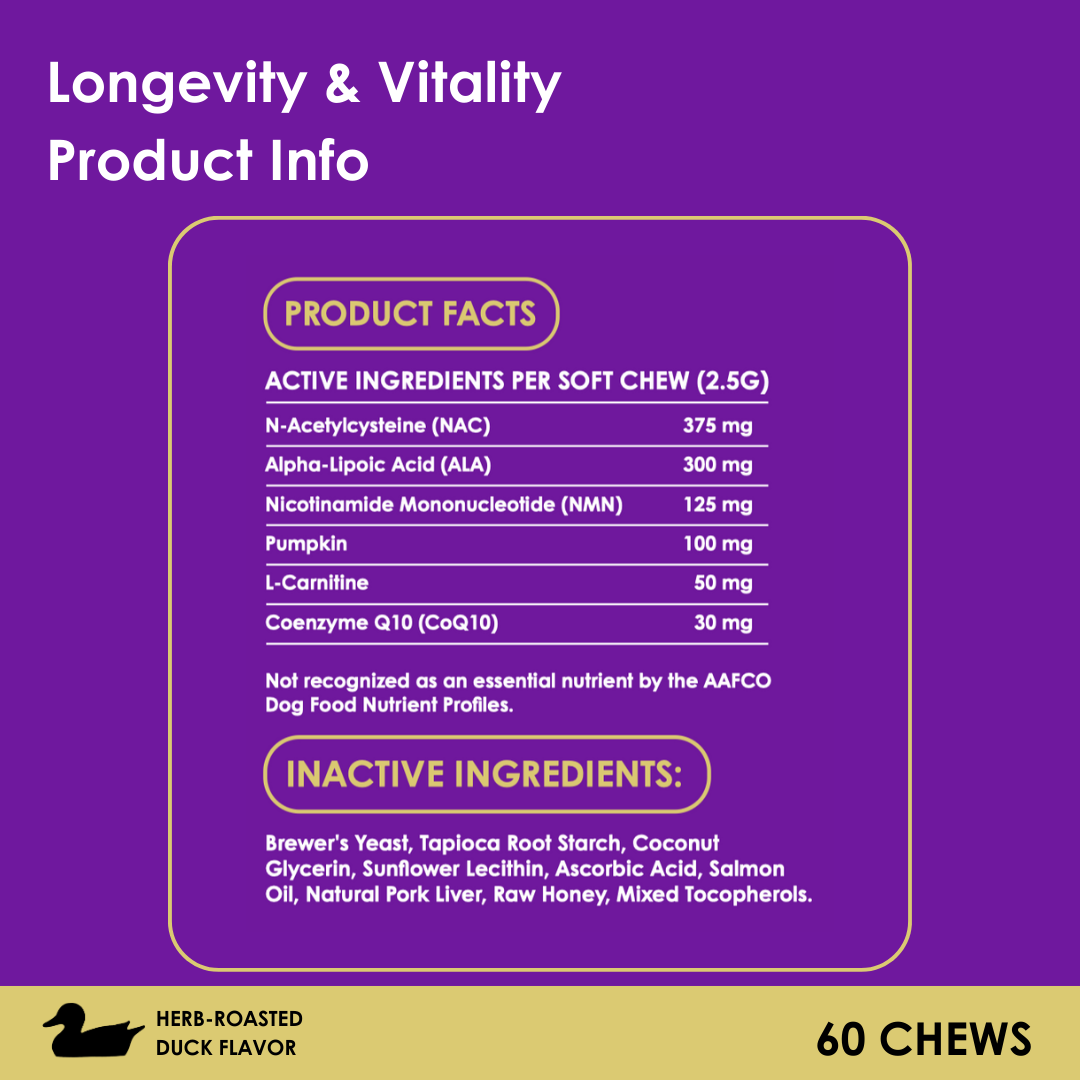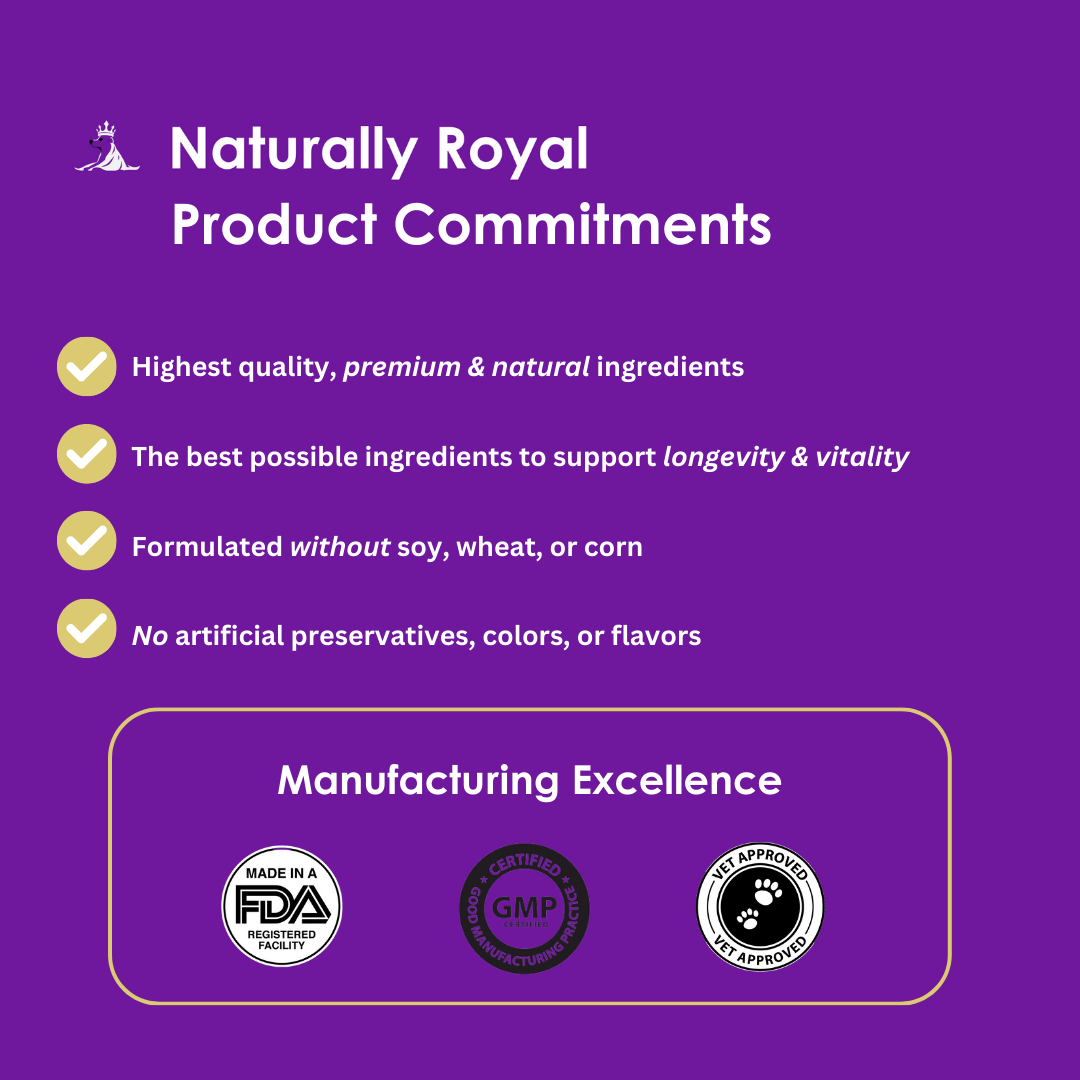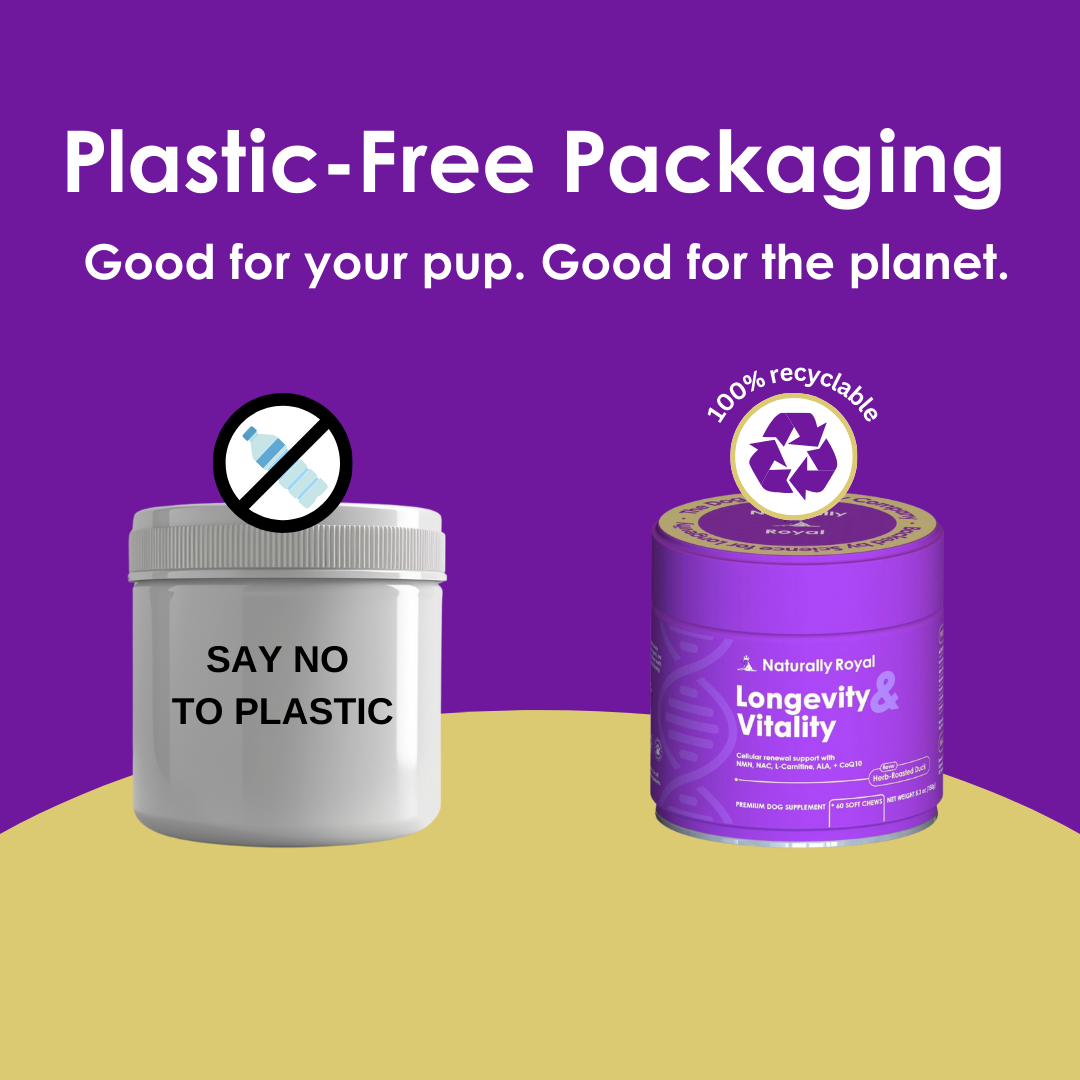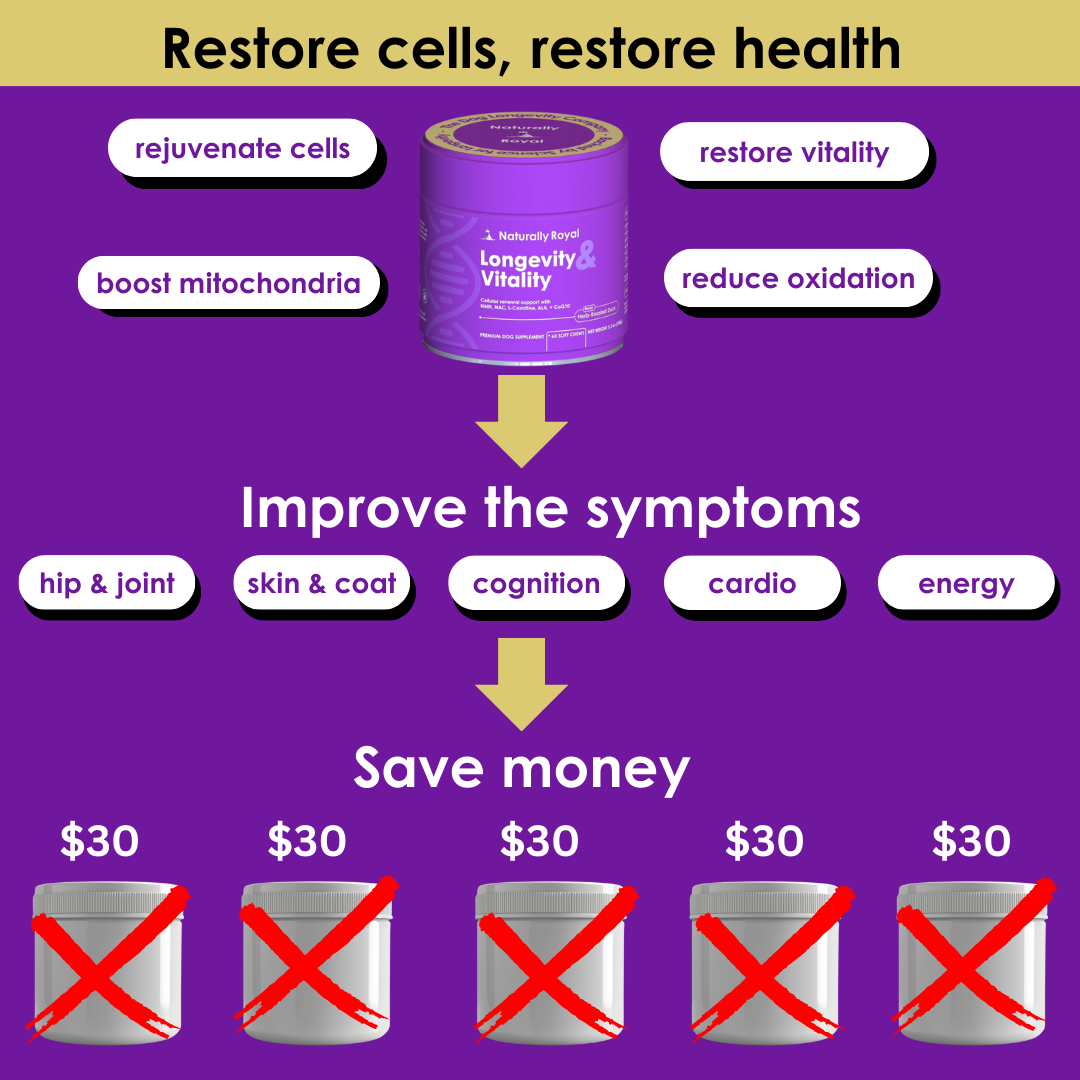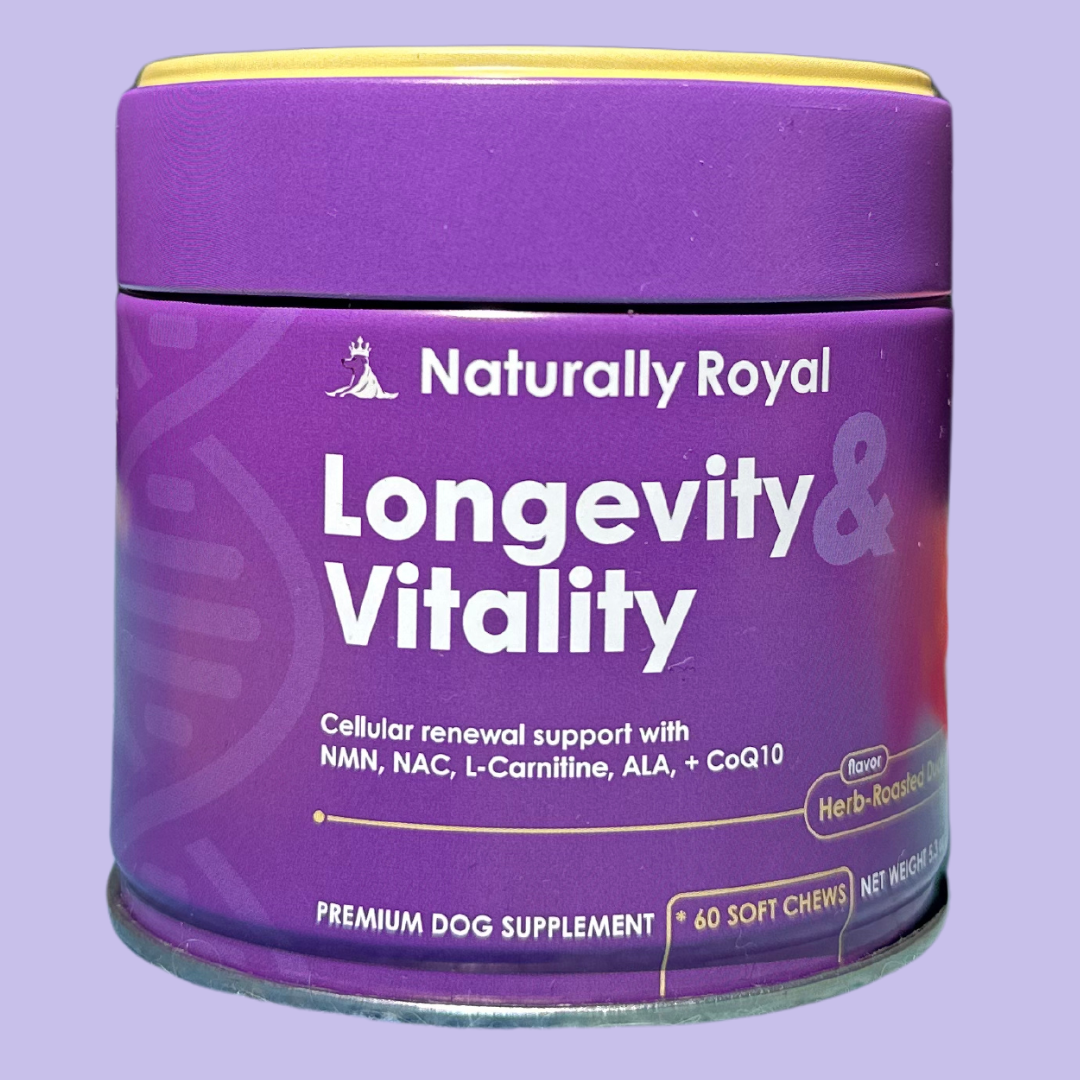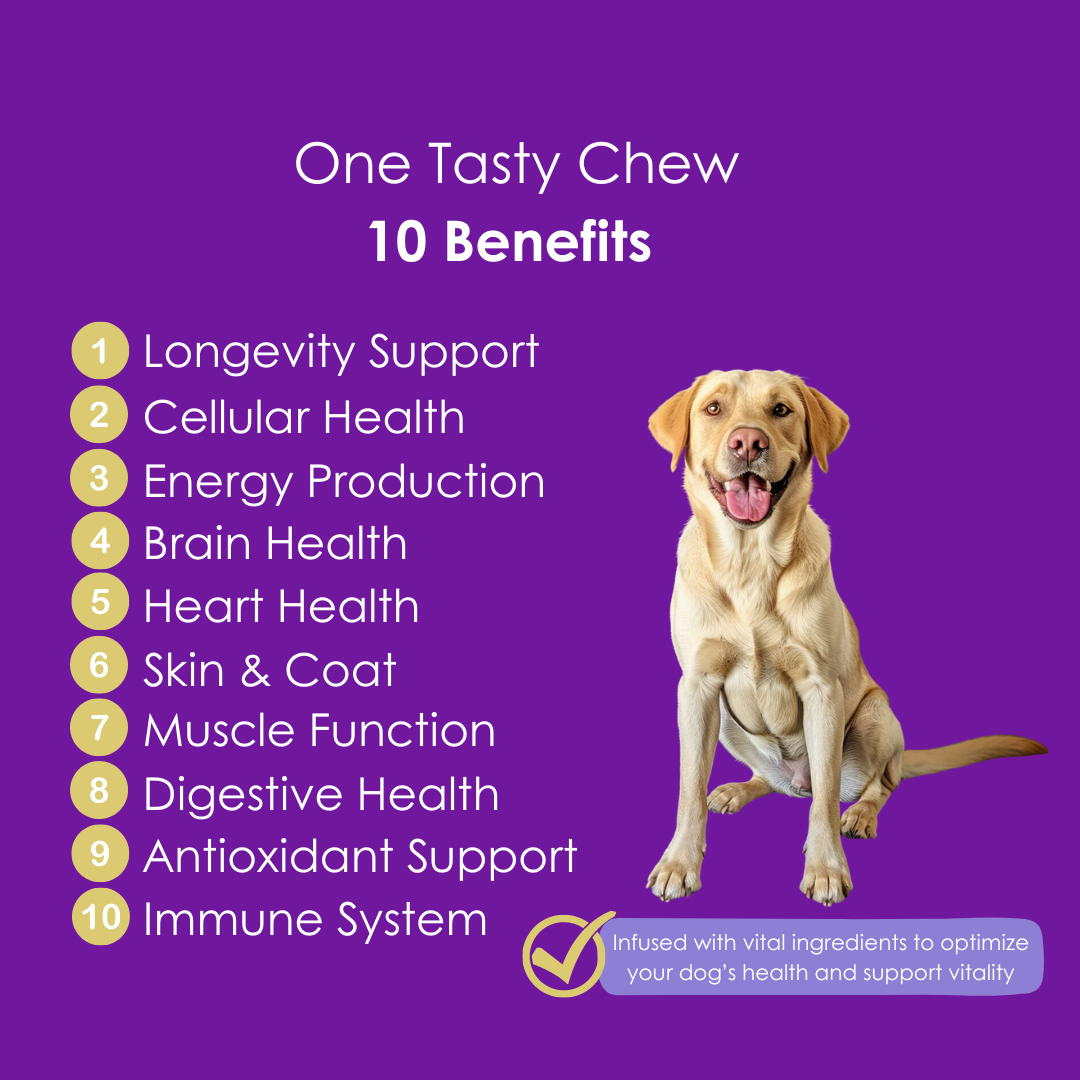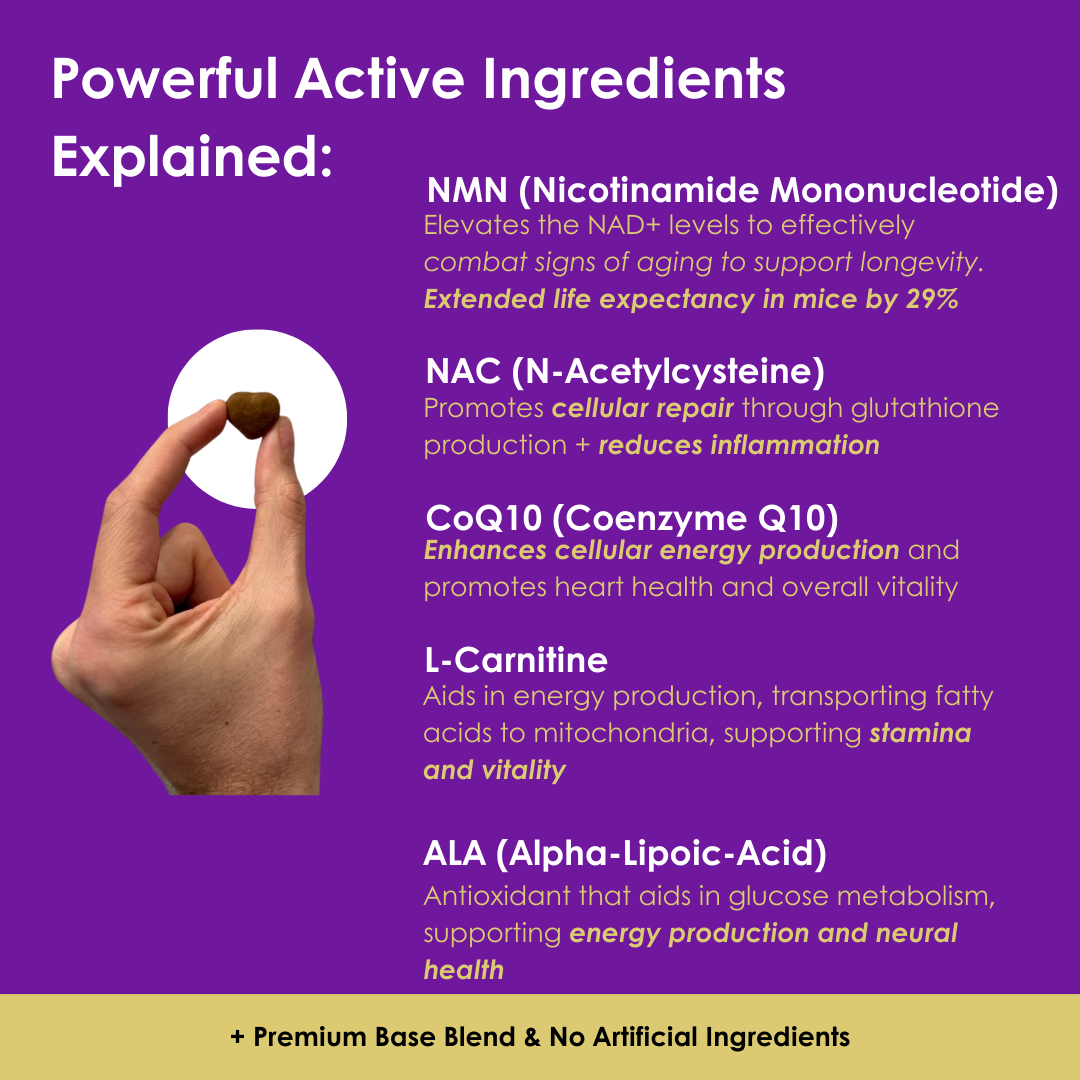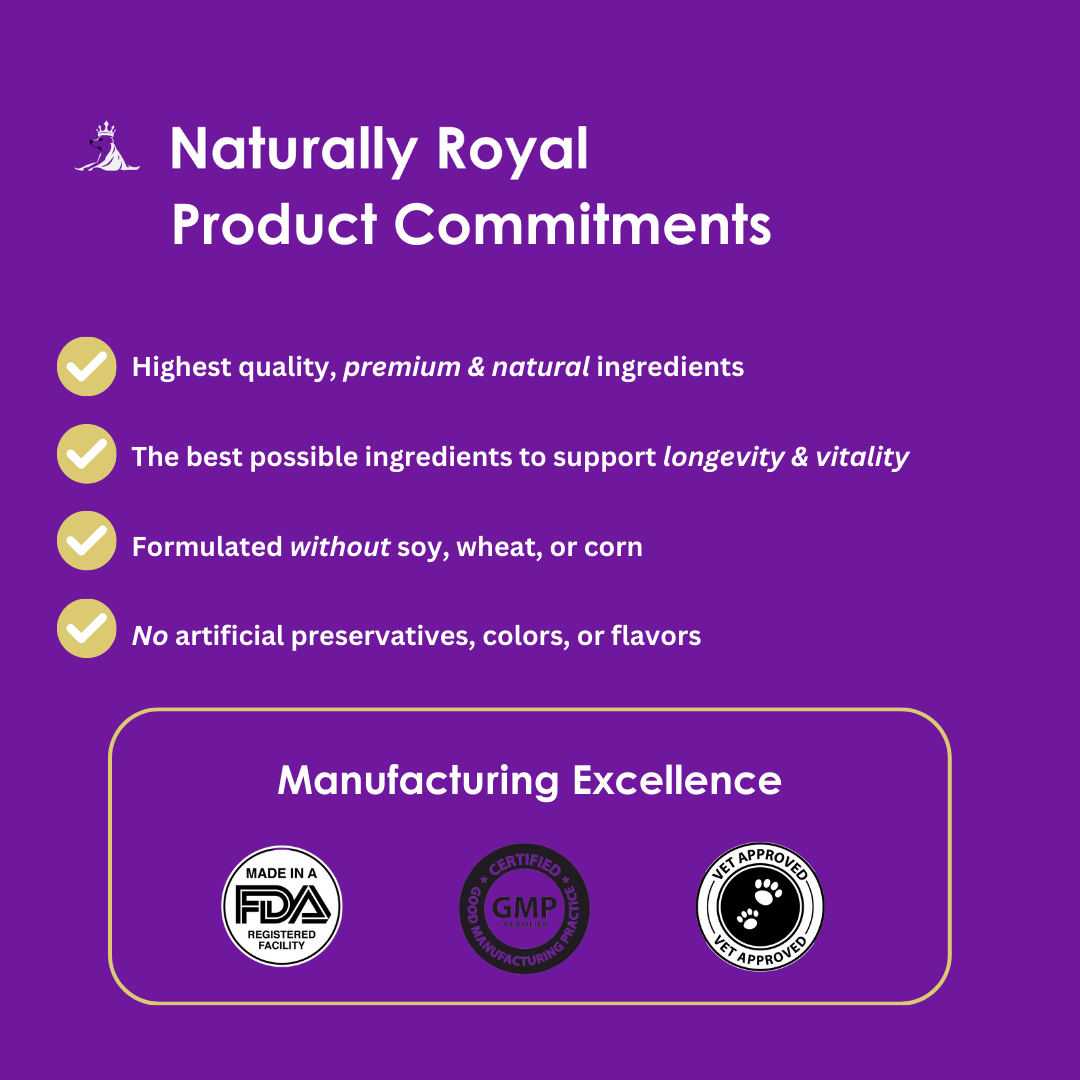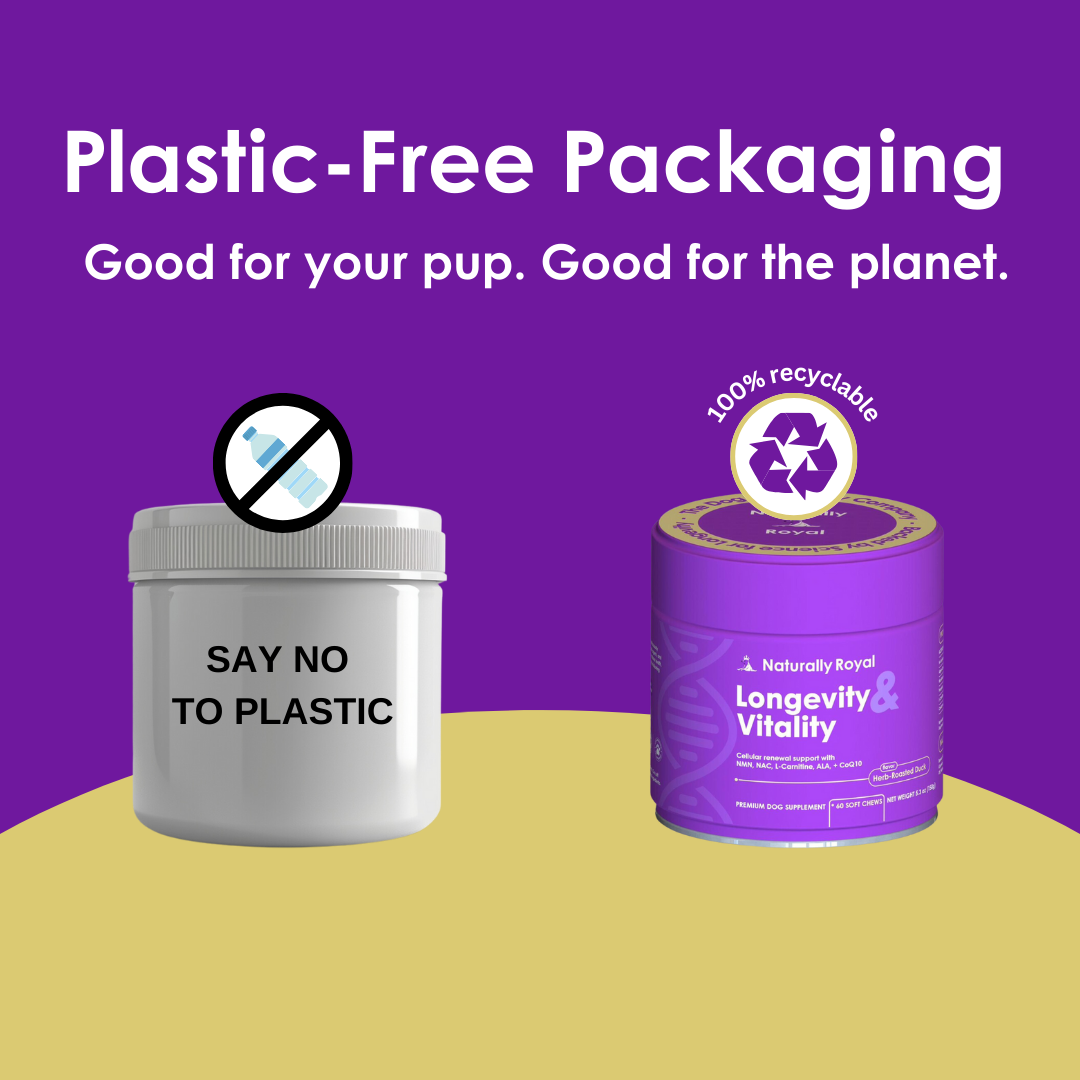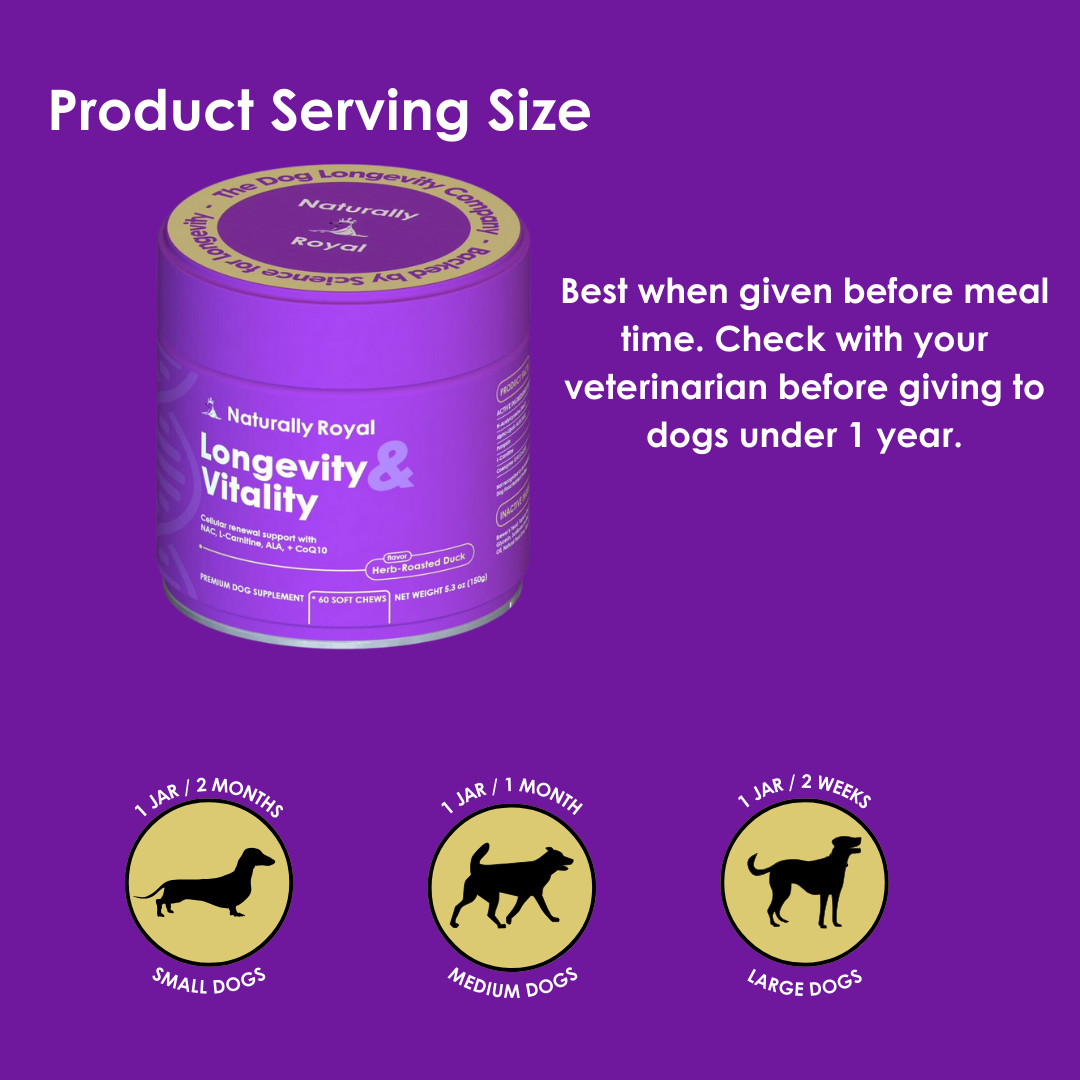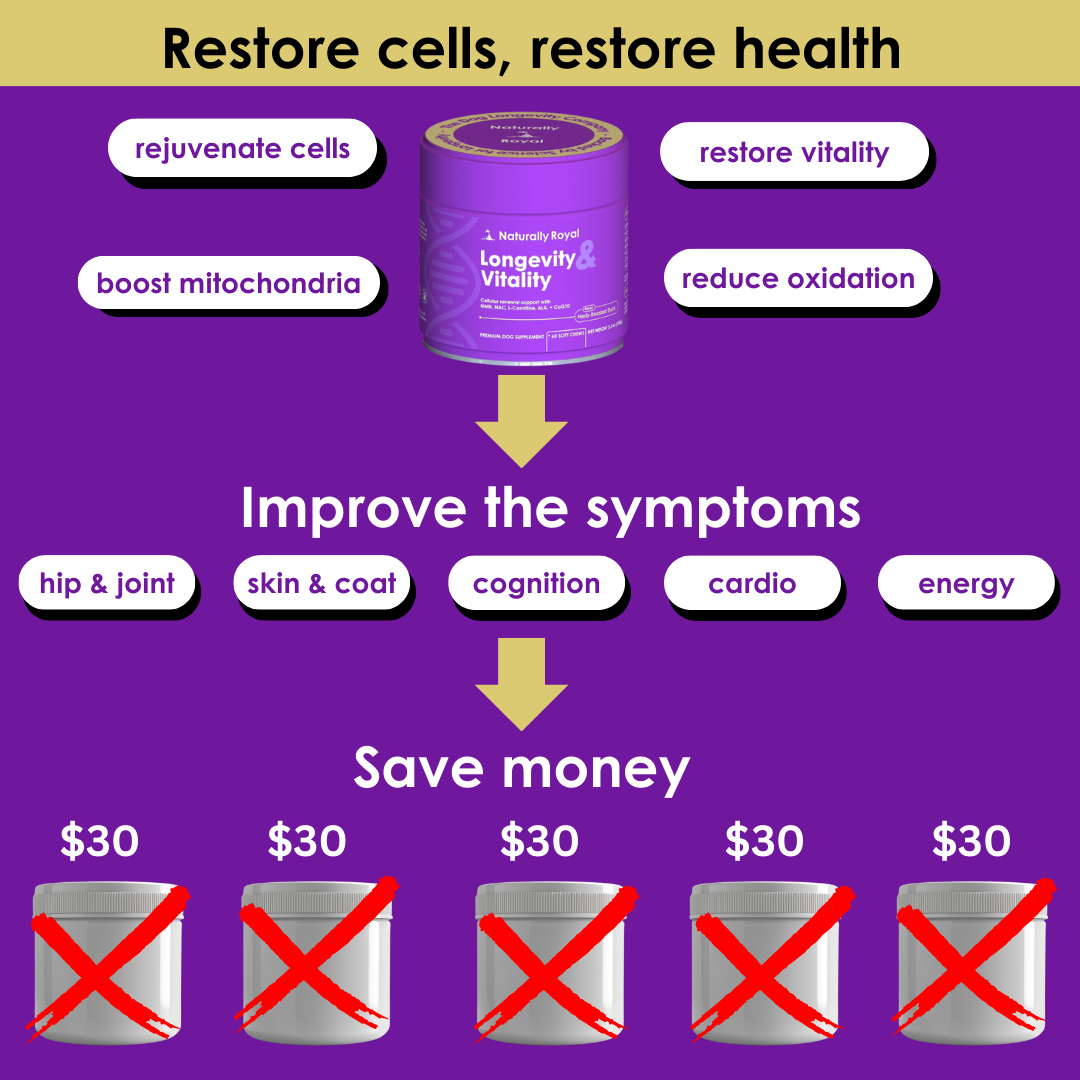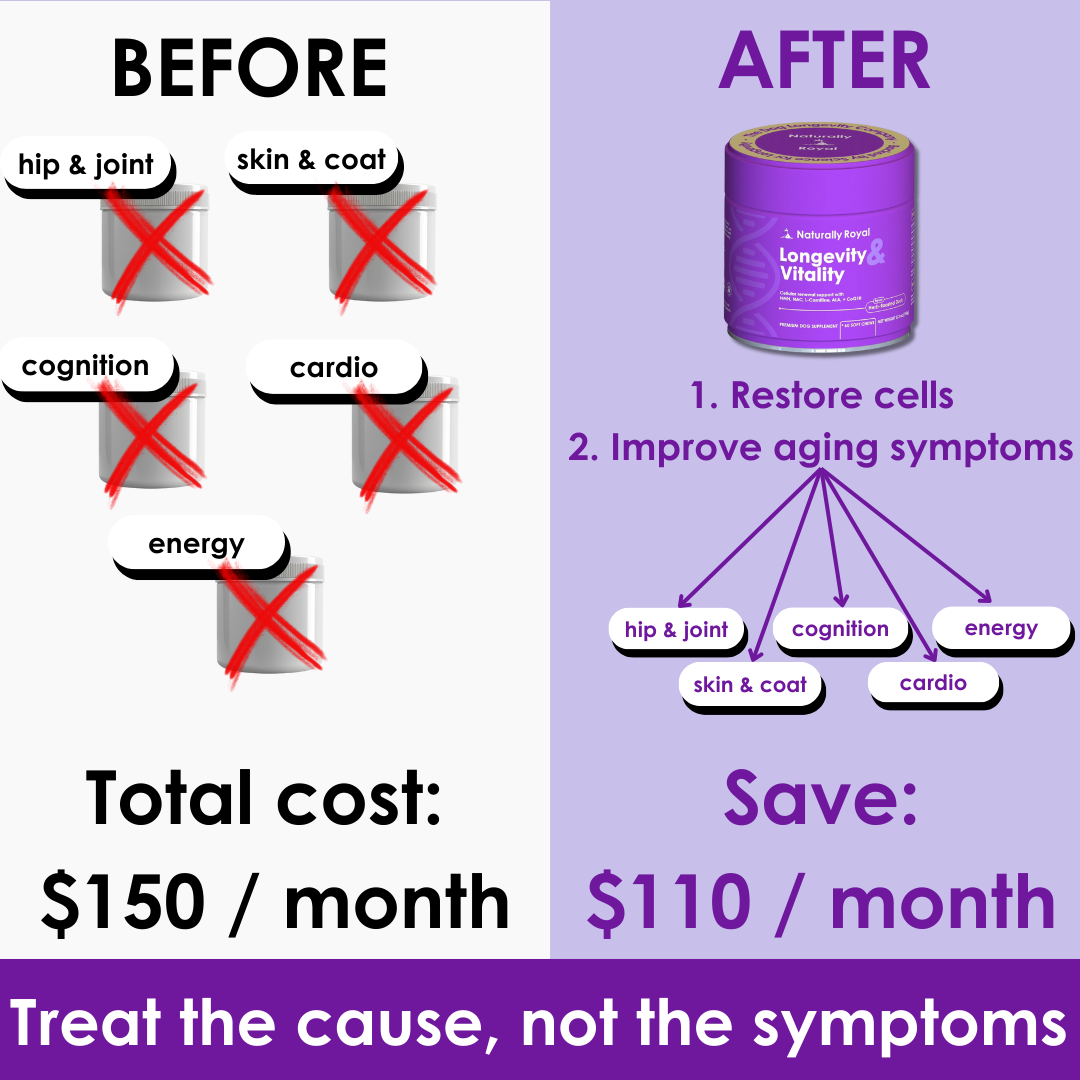The Problem with Plastic Dog Food Containers - Which Are the Best?
When it comes to keeping your dog's food fresh and safe, the container you choose is more important than you might think. Many dog owners store their pet’s food in plastic containers for convenience, but recent research highlights potential risks associated with this practice. Plastic containers, particularly those made with bisphenol A (BPA) and its substitute bisphenol S (BPS), can leach harmful chemicals into the food, posing significant health risks to your dog and potentially impacting their longevity.
The Dangers of Plastic Containers
1. Chemical Leaching and Health Risks: Plastic food containers, especially those made with BPA or BPS, can leach these chemicals into your dog's food. BPA has been linked to a range of health issues, including diabetes, asthma, cancer, and developmental problems. As awareness of these risks has grown, many manufacturers have switched to BPS, touting their products as "BPA-free." However, research from the University of Texas Medical Branch at Galveston reveals that BPS is just as harmful as BPA. BPS disrupts cellular responses to the hormone estrogen, leading to altered cell growth, death, and hormone release at very low exposure levels .
2. Long-Term Effects on Longevity: The long-term exposure to chemicals like BPA and BPS can have serious implications for your dog's health and longevity. These chemicals can disrupt endocrine function, potentially leading to chronic diseases, cancer, and other health issues that can shorten your dog's lifespan.
The Best Dog Food Containers for Longevity
To protect your dog from the potential dangers of plastic containers, consider switching to safer alternatives. Here are some of the best options for storing your dog's food:
1. Stainless Steel Containers: Stainless steel containers are an excellent choice for storing dog food. They are durable, non-reactive, and do not leach harmful chemicals into the food. Stainless steel is also easy to clean and resists stains and odors, ensuring your dog's food stays fresh and safe.
2. Glass Containers: Glass containers are another safe alternative to plastic. They are non-toxic, non-reactive, and do not absorb odors or stains. Glass containers can also be sealed tightly to keep food fresh, but they can be heavy and more prone to breaking, so handle them with care.
3. BPA-Free Plastic Containers (with Caution): If you prefer plastic for its lightweight and shatterproof qualities, look for BPA-free and BPS-free containers. However, be cautious, as some BPA-free plastics still contain other harmful chemicals. Ensure the container is made from food-grade materials and is labeled as free from harmful substances.
4. Ceramic Containers: Ceramic containers are a good option if they are lead-free and glazed with non-toxic materials. They are sturdy and do not react with food, making them a safe choice for long-term storage. Just be sure to check that the ceramic is food-safe and free from harmful glazes.
Conclusion
Choosing the right food container for your dog is crucial for their long-term health and longevity. Avoiding plastic containers, especially those made with BPA or BPS, can help reduce your dog's exposure to harmful chemicals. Opt for stainless steel, glass, or high-quality BPA-free alternatives to ensure your dog's food remains fresh, safe, and free from contaminants. By making these small changes, you can contribute to your dog's overall well-being and help them live a longer, healthier life.


